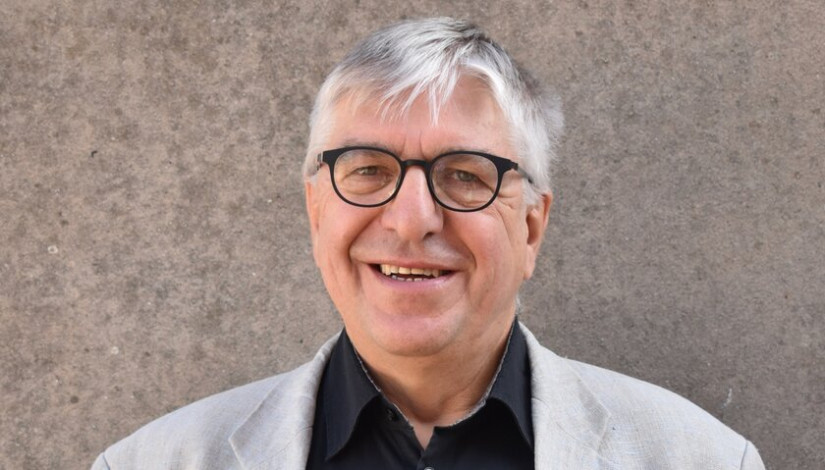“Liszt Academy is almost unique in the world”
Hungary has a very unique and strong tradition in music education for young people, said Stefan Gies, CEO of the European Federation of Music Academies, at the College's working group meeting on music academies.
The European Association of Conservatoires, Academies and Music Colleges (AEC), which works to continuously improve and renew professional music education, together with Young Musical Talents in Europe (YMTE), founded in 2018, set up an international working group last year to promote the highest possible quality of education for young musicians aged 10–19 years old, who are still in higher education.
The group held its first face-to-face meeting in September at the AEC member Liszt Ferenc Academy of Music, which has a practical interest in this issue through its Bartók Secondary School as well as the School for Exceptional Young Talents, the Academy’s so-called pre-college education arms.
During the meeting, music teachers from different countries shared their latest professional experiences and looked for solutions to latest problems and challenges.
Stefan Gies, Executive Director of the AEC, stressed that it was clear when the working group was set up that Hungary would be a member and that the first meeting would be organised here, because of the country’s and Liszt Academy’s unique and strong tradition in music education for young people and its outstanding talent pool. The pioneering work of Liszt and Kodály in this field, which is still known and recognised today, is of outstanding importance, as is the work of Liszt Academy and its institutions, for example in applying the Kodály method to today's digital world, he added.

Stefan Gies
He was delighted to have found a distinguished Hungarian member of the group in Balázs Kecskés, a pianist and a lecturer at the Keyboard and Harp Department and the School for Exceptional Young Talents at the Liszt Academy. He said: "It is a great advantage for Budapest and Liszt Academy internationally that the world-renowned university and its two pre-college training centres mentioned above work closely together, which is almost unique in the world, as all three institutions have clear profiles and missions, yet they reinforce each other’s activities.
He also said that the working group had nine members representing the diversity of music education in Europe. He stressed that this project did not focus on youth music education in a general sense, but on talent development and preparing young people for a professional life as musicians. As he pointed out, this area also presented a very diverse picture in Europe, for example whether there were state-supported music schools and so-called pre-college institutions or training courses.
He has also outlined the issues and challenges in the latter: on the one hand, it is becoming increasingly difficult to persuade young people under 18 to spend long hours a day practising and concentrating on music with the aim of becoming professional musicians, and on the other hand, fewer decision-makers make it a priority to support for these young people.
In honour of this meeting, a short concert had been created in which 6 young, highly talented musicians from Hungary or studying in Hungary performed at the Old Academy of Music. The three pianists, one violinist, one cellist and one flutist are students at the Bartók Conservatoire and the Training Centre for Extraordinary Talents, two strongholds of music education in Hungary. Their representative concert series provided an insight into the high quality of the workshops at these institutions by international standards.


